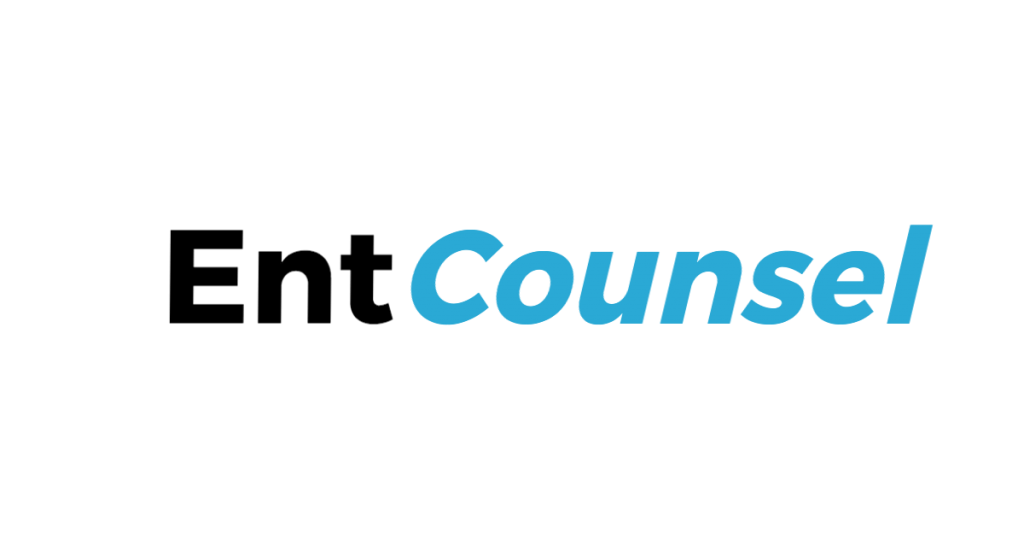What Is a Trademark?
What Is a Trademark? A trademark is the business name or mark that a legal entity (which can be an individual, partnership or corporation) uses for the purpose of distinguishing its goods and services from the goods and services of others.
A trademark may be a certification mark or a distinguishing guise (i.e. the shape of goods or their containers or a mode of wrapping or packaging goods) as defined by the Trademarks Act.
A trademark can be a combination of letters, words, sounds or designs. A trademarks sets out the organization’s goods or services from others thereby protecting its brand, goodwill and reputation. It sets out the brand’s image and message by conveying and communicating its brand as being distinct from anyone else. If an organization has acquired a reputation of being reliable, ethical and honest and operates consistently with its mission and mandate, then supporters will rely on the organization’s branding to know that that is the entity they wish to support. A trademark represents the goodwill of a brand/organization.
When answering the questions of “What Is a Trademark”, All these elements increase recognition of the organization’s brand with their audiences.
Public Authorities
A company that qualifies as a public authority can apply as an “Official Mark” under the Trade-Marks Act if they meet the requirements.
Trademark Term of Protection
A trademark registration provides the owner with the exclusive right to use that mark across Canada for a period of fifteen years. After fifteen years, the trademark must be renewed.
Trademarks that Cannot Be Registered
According to the Trademarks Act and set out in the Canadian Intellectual Property Office (CIPO) guide to trademarks, you cannot register the following marks:
- names and surnames
- clearly descriptive marks
- clearly misdescriptive marks
- words that represent a geographical location commonly known to be a place of origin for those goods or services
- words in other languages
- marks that are considered confusing with a registered trademark or pending trademark
- marks that look similar to a prohibited mark (outlined in s. 9(1) of the Trademarks Act)
Filing a Trademark Registration
A trademark registration application can be filed online or sent via fax or mail. You can submit a trademark application through the Canadian Intellectual Property Office. The fee to file a trademark application is $250 if you file online and $300 if you file through mail or fax. You can file the application online at CIPO or you can send the finished application with payment to:
The Office of the Registrar of Trademarks
Canadian Intellectual Property Office
Innovation, Science and Economic Development Canada
Place du Portage I, 50 Victoria Street, Gatineau, QC, K1A 0C9.
You need to file a separate trademark for each mark. An application includes the application for registration along with the filing fee. In some cases, you can include a formal drawing if you intend to register a logo.
The Trademarks Registrar will then search the trademark records to see if there is any existing or pending trademark that could conflict with your application. If it doesn’t they will examine the application to see if it’s in accordance with legislation.
The application is then published in the Trade-marks journal to give notice to the public and allow for any opposition. If there are no challenges or if you succeed in a challenge/opposition, then your trademark will be allowed and registered. You can read about the trademark application process video here and watch a video of it here.
What Is a Trademark?
- Word or words
- Phrase
- Design
- Picture
- Symbol
- Number(s)
- Shape of a product (distinguishing guise)
- Packaging or label
- Colour
- (or any combination of the above)
A trade-mark is used to distinguish the wares/services from a competitor
Word Mark vs. Design Mark
A word mark consists of just the words
A design mark consists of the logo and graphics (with or without text)
Examples: company name, logo, slogan, brand names of products/services, shape or product or packaging
Trademark Use
You must use the trade-mark in order for you to rely on trade-mark rights
You can put the trade-mark on packaging at the time of the sale
For a service, you can use the trade-mark in the advertising of the services or when providing the services
You can file a trade-mark application based on use or proposed use
Advantages of Trademark Registration
A trademark registration is not required as common law rights protect trade marks but these are limited to the geographical area in which the trade mark is being used. A registration will provide protection all across Canada regardless of whether it is just being used in a particular city, province or territory.
Furthermore, a registration provides a court with the presumption that the owner is the trademark rights owner requiring anyone challenging it to provide otherwise. A court will take the truth of the registration prima facie shifting the onus to the defendant to prove the registered trademark holder should not own those rights. Trade-mark registration is required in each country where the company is operating and done separately.
A trademark registration provides exclusive right to use the mark across Canada for 15 years (renewable every 15 years).
The process can be time consuming.
- They have been using it since January 14, 2008
- They obtained the trade-mark registration on January 15, 2015
Common Law rights for Trademarks (Protection if you don’t register)
Registration is not mandatory and trade-mark rights can be established under common law (case law)
However, protection under common law is limited to the geographical area where the brand is being used
Trademarks that Cannot be Registered
- Names and surnames
- Clearly descriptive marks (unique is better)
- “deceptively misdescriptive” marks
- Words that denote a geographical location commonly known to be the place of origin of such goods or wares
- Words in other languages
- Words or designs that are considered confusing with a previously registered trade-mark or pending trade-mark
Remedies for Trade-mark Infringement
- Injunction
- Damages or accounting of profits
- Destruction of infringing materials
- Possible criminal prosecution
- Costs
Comparison of Trade Names, Trademark and Domain Names (What Is a Trademark)
SHOPIFY
Trade name (company name) : SHOPIFY
Trade-mark: Shopify
Domain name: www.shopify.ca
OCAD UNIVERSITY
Trade names: OCAD, OCAD U, OCAD UNIVERSIT’y,
Trade-marks: OCAD UNIVERSITY, OCADU, OCAD, ONTARIO COLEGE OF ART & DESIGN
Domain Name: www.ocadu.ca
No trade-mark application for “Imagination Catalyst”
KLEENEX
Trade name (company name): Kimberly-Clark Worldwide, Inc.
Trade-marks: Kleenex, Soft Touch, Beyond Forests, Someone Needs One (Proposed Use)
Domain name: www.kleenex.com



